Advice
All about volunteering
At the RSPB, there are so many ways you can volunteer and take action to help save nature. Here you’ll find lots of help...
A handy guide to some of the UK’s common garden visitors. Which will you see?
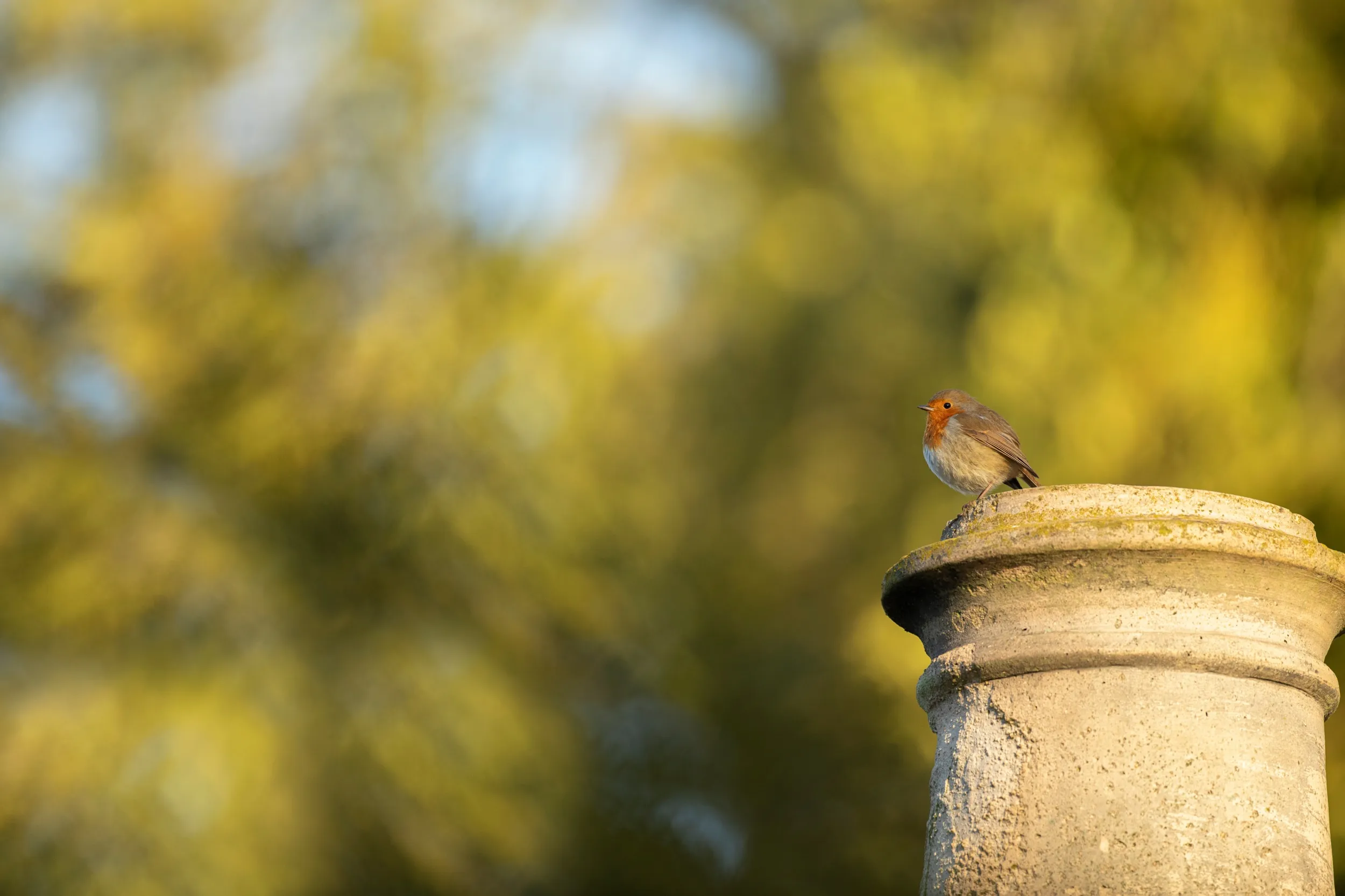
Throughout the winter months, we're not the only ones battling the cold, with many feathered faces visiting our gardens and balconies. Bird feeders become a vital source of food for garden birds through the winter, when natural supplies dwindle, so it's a great time to get to know who comes calling. Part I of this guide looked at common tits and finches. and we're back with part II and the most common garden birds.
Yet to register for this year's Big Garden Birdwatch? There's still time! Help us out by counting the birds you spot in your garden. Who'll be top of the flocks this year?
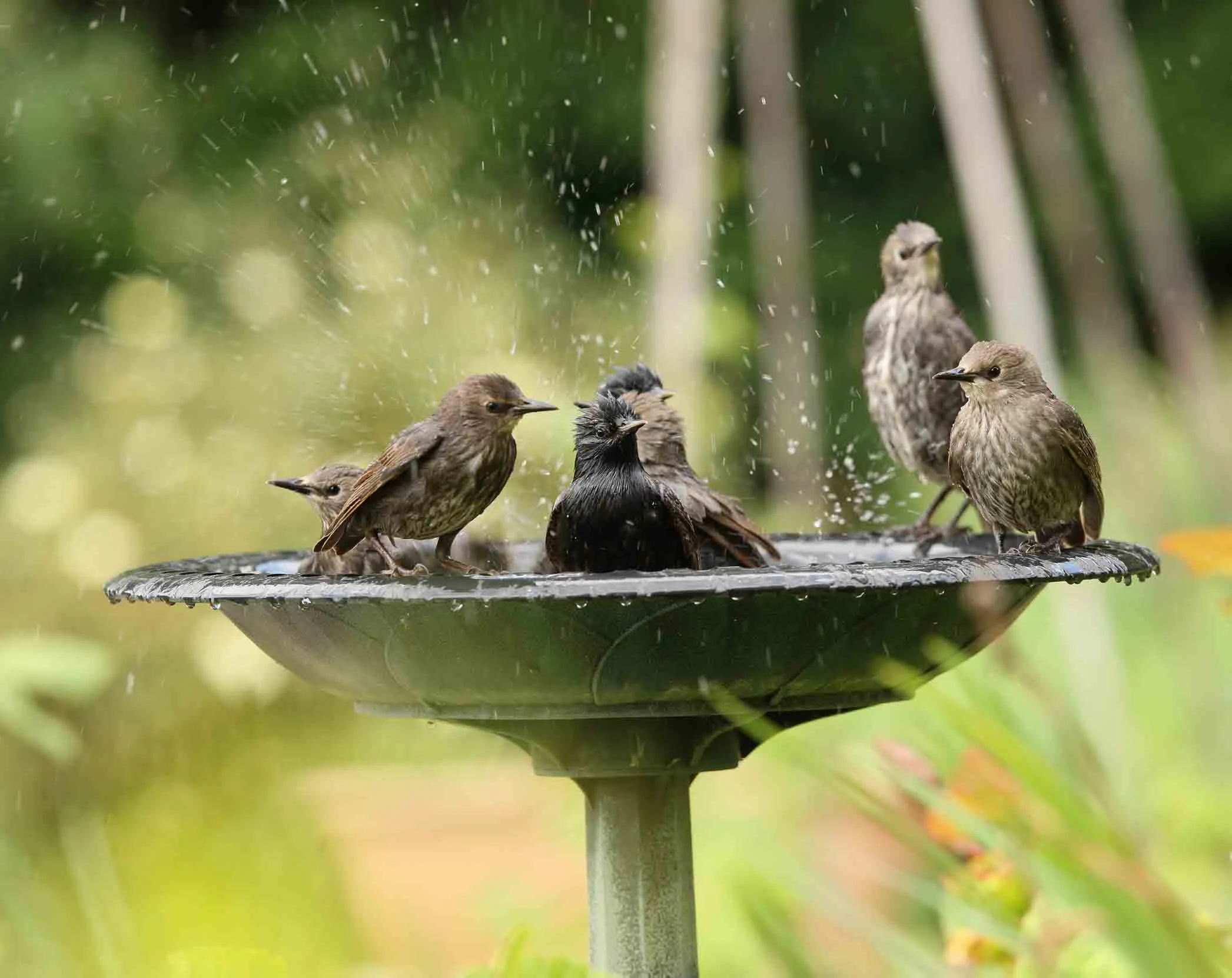
House Sparrows were top of the flocks for the 21st year running in 2024. But even though they're our most commonly spotted garden bird, House Sparrows still need our help, as their numbers are struggling and they are on the UK Red list for birds. While these little guys may not have the most vibrant appearance, what they lack in colour and size, they make up for in character.

House Sparrows can be heard cheep-cheeping all year round, although their song builds in strength during the spring and summer, when they gather in bigger groups. In autumn and winter, we're left with fragments of their chirpy chatter.
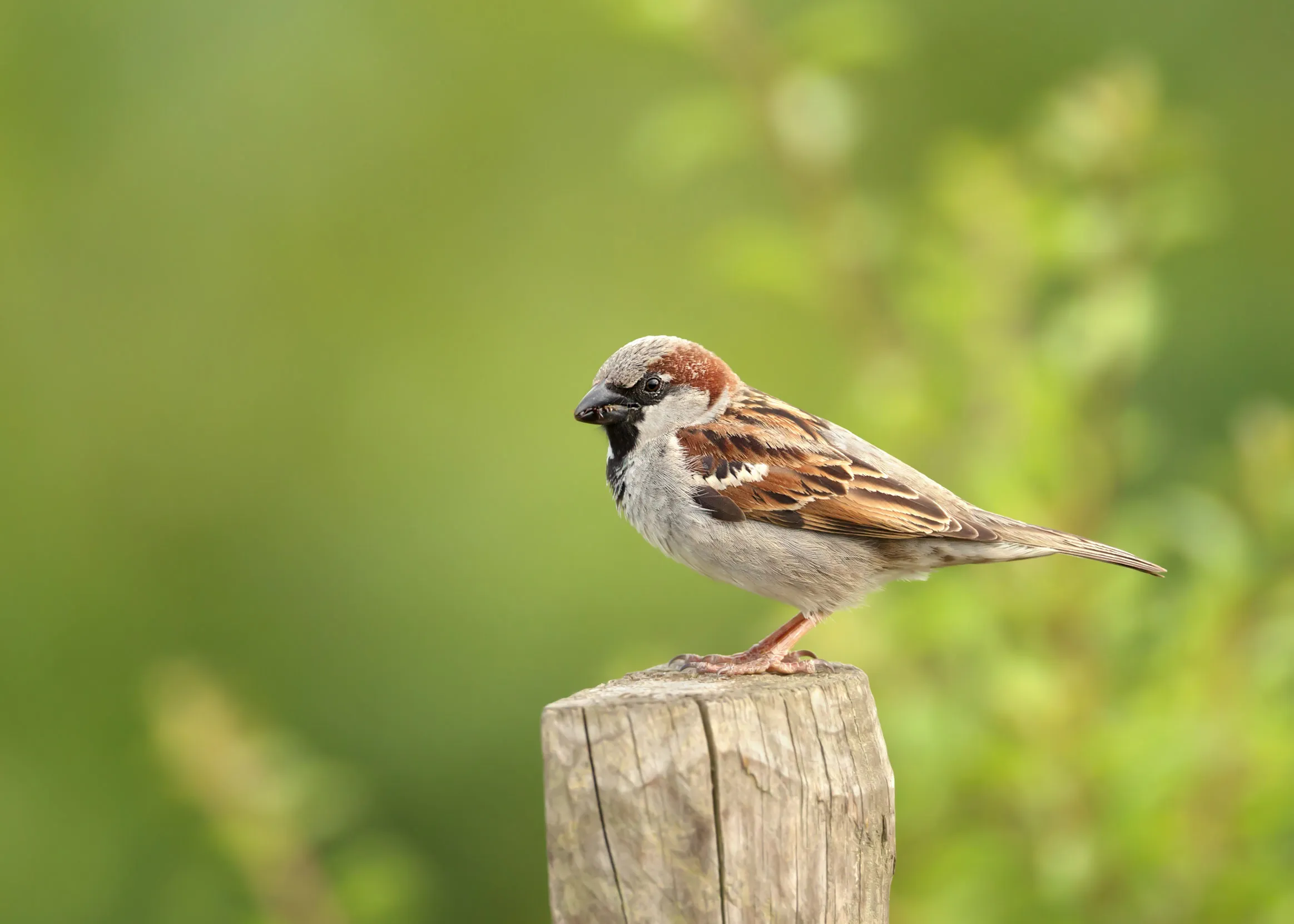
Dunnocks are easy to confuse with House Sparrows, however, there are some tell-tale signs. Look for a Dunnock's grey face and chest. Dunnocks are also more commonly seen on the ground, skulking on their own, unlike the more gregarious House Sparrows, which hang about in groups.

You can hear the Dunnock's squeaky and high-pitched trill year-round, even in winter when males are warning others off their patch. You'll also hear their shrill, piping "tiiih" call at this time of year.
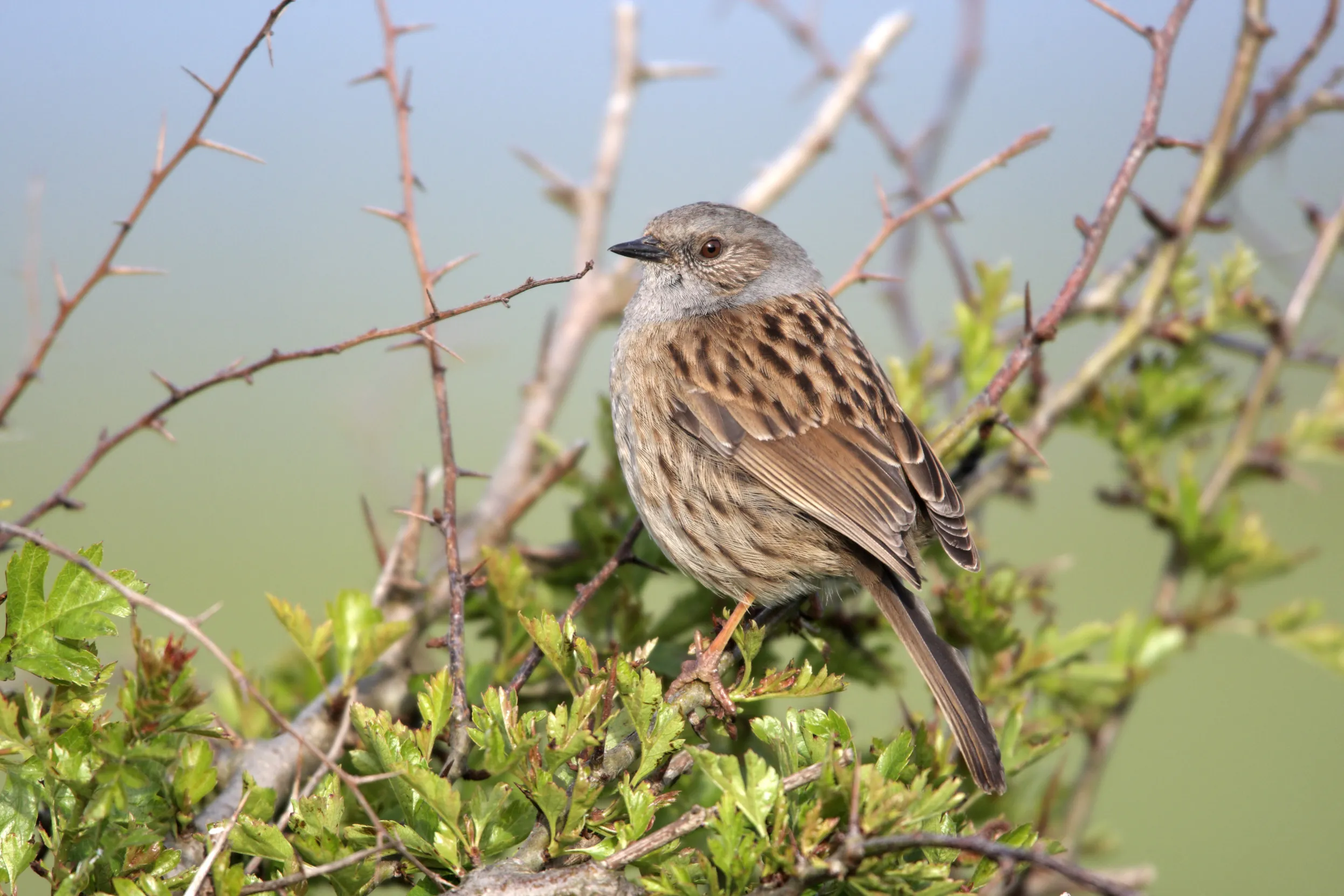
The clue for this one is in the name, its light pinky-grey-brown plumage is decorated with a bold black collar. The Collared Dove is smaller than a Wood Pigeon and has a brilliant bobbing walk. You'll often see Collared Doves in gardens and parks, but you may know it best for its repetitive call – a gentle coo-cooing.
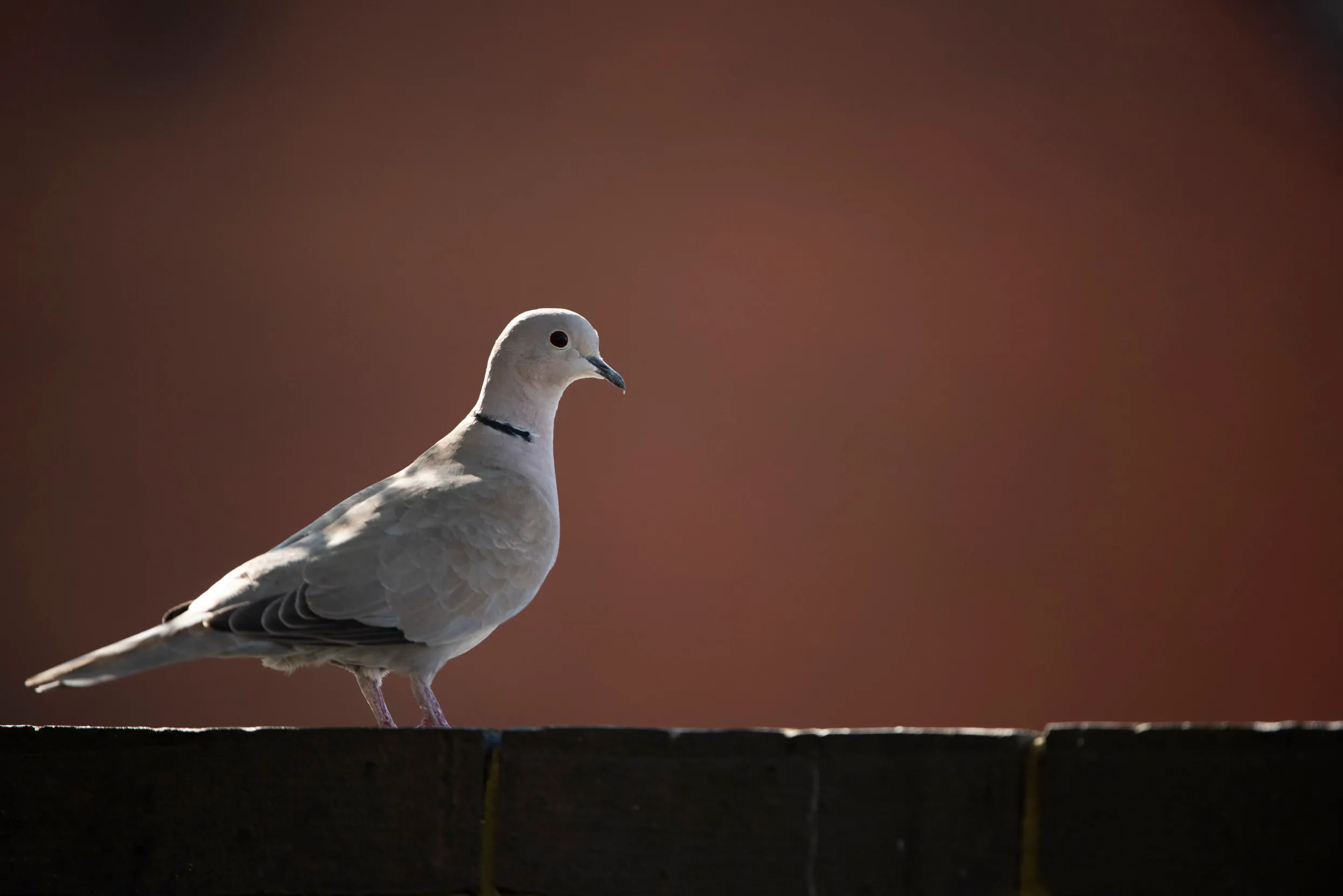
You can hear the Collared Dove's co-cooing year-round. They can also sound a little like they've caught a cold when flying or landing, giving a rapid, nasally "kwourrr" call.

In Big Garden Birdwatch 2024, Starlings came in at number three. They're a medium-sized bird, often seen stomping around gardens in their shiny black suits like little bouncers. But look closer and their subtle beauty is revealed, with their fine feathers shimmering purple and green in the sunlight.

Listen out for clicks and rattles coming from the tops of trees, chimney stacks and TV aerials. Their simple call sounds a little like an old rocking chair, but they're fantastic mimics, and can even adopt phone ringing, siren and car alarm sounds!

A bird known for its characteristic coo and tendency for clumsiness. While Woodpigeons may seem a little confused by life at times, they're actually thriving - bucking population declines seen in other species and coming fourth in Big Garden Birdwatch 2024.
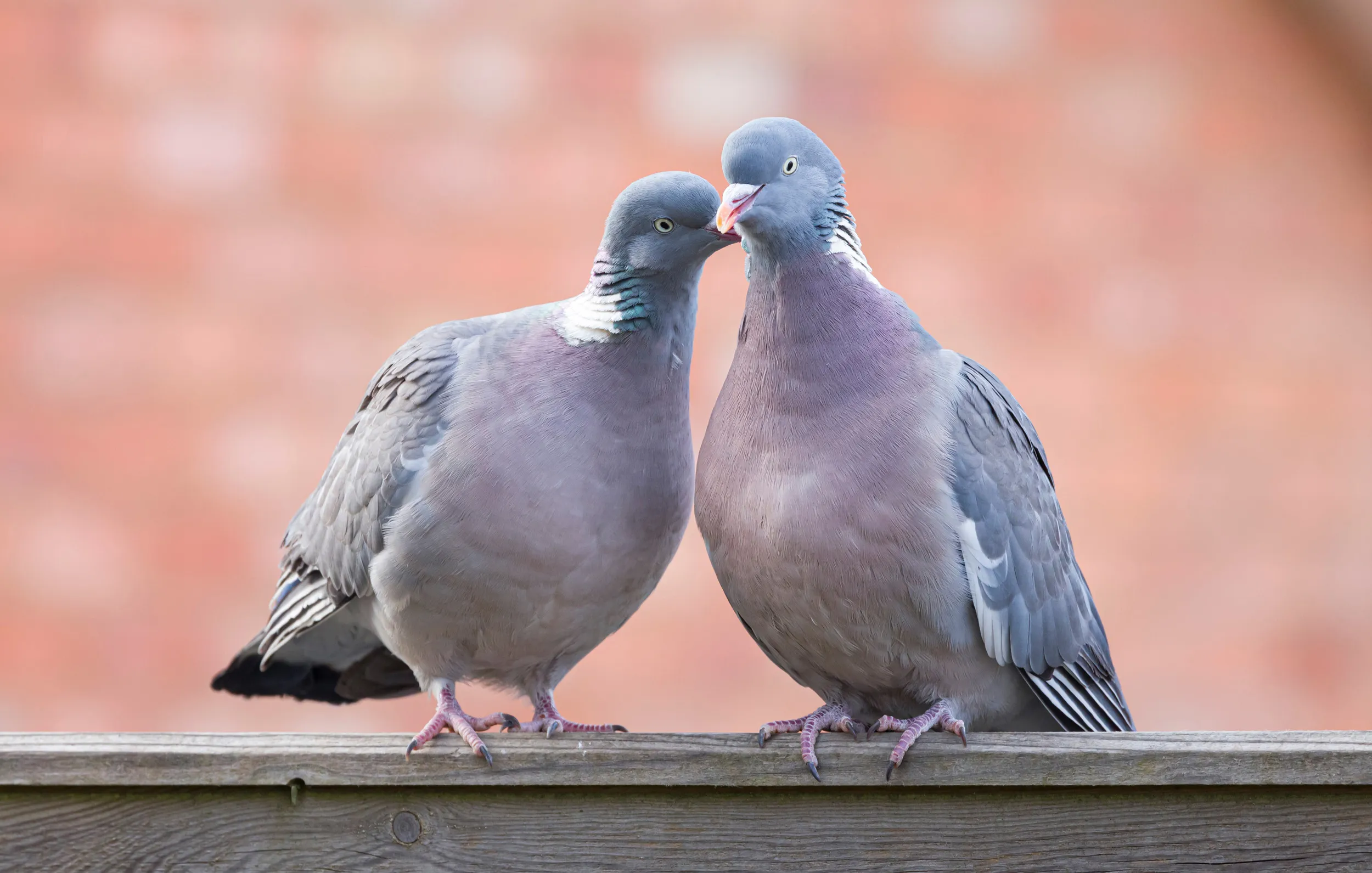
Woodpigeons aren't fussy, and will eat pretty much anything provided! They especially love:
One of the most common sounds in a UK garden, Woodpigeons have a five note coo, which sounds something like 'coo-coooo-coo, coo coo'. You might also hear their deep-voiced snoring sounds – charming!

Blackbirds are a common, charming garden bird. The Blackbird's name is bang on for the male, who is a black bird with a bright orange eye-ring and beak. But it's fair to say the female got the short straw. Females are brown, with dark spots and streaks on their breasts. Male Blackbird bills can be darker in the winter, they are not always bright orange.

In the colder months, listen out for melodic Blackbird calls. When they spot danger, like a neighbourhood cat, their alarm calls erupt in an explosive rattle of urgent "chuks" and high-pitched "chinks". It couldn't be more different than their tuneful spring song.

The Robin is a red breasted style icon and A-lister of the garden bird world. A much-loved bird, male and female Robins look the same – so much so, even they can get confused! They share the same plucky and fierce character traits too, which defy their cute appearance.

Often the first bird you'll hear in the morning and the last at night, the Robin loves to sing loudly year round. Robins defend their territory through winter, and their song is their weapon of choice to keep rivals at bay. Their alarm call is a loud and urgent ticking sound, letting enemies know "your time's up, buster!"

This colourful and noisy corvid is a non-mover in the Birdwatch, retaining its place at number nine for 2024. The Magpie is one stylish bird you won't get mixed up. From far away, they look black and white but take a closer look and you should see an iridescent blue-green sheen.
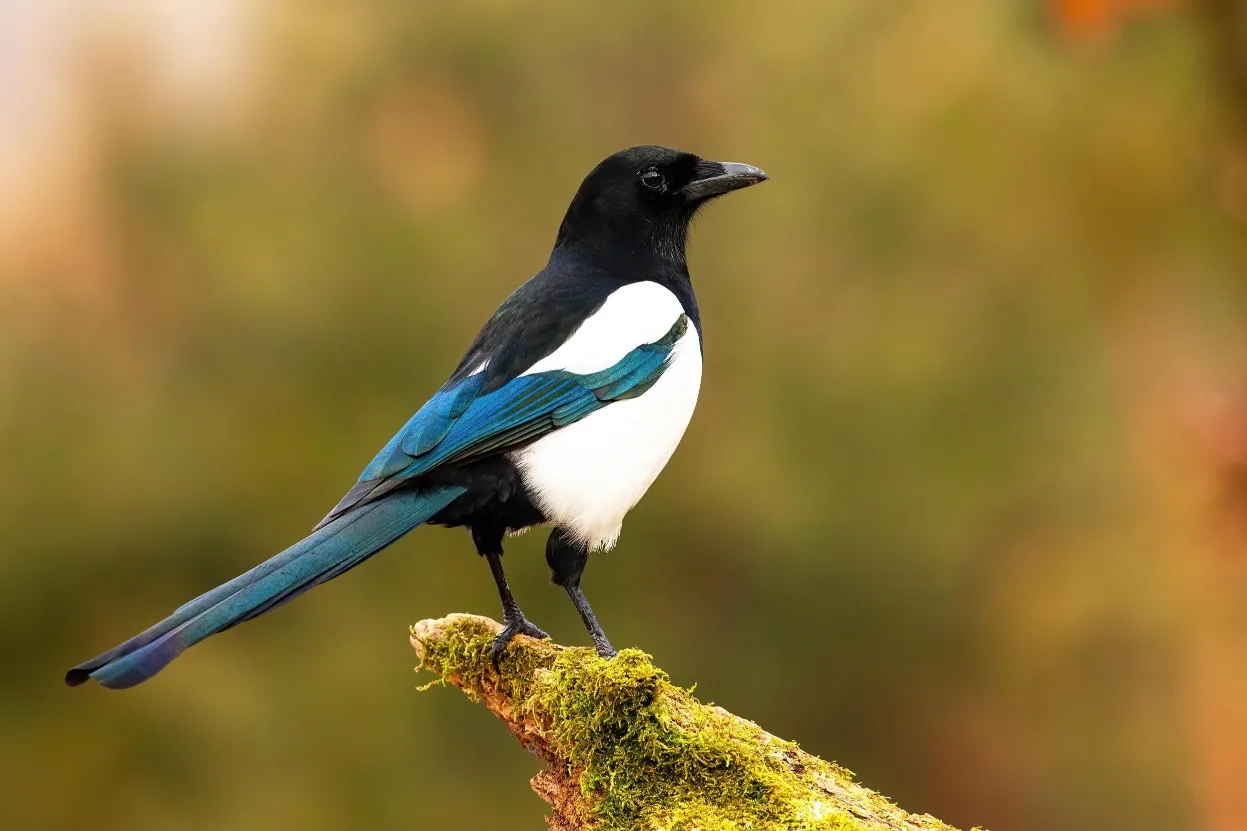
Magpies can be heard making their noisy 'shak-shak-shak' all year round, and as other birds quieten down in the colder months, it becomes even easier to hear.
